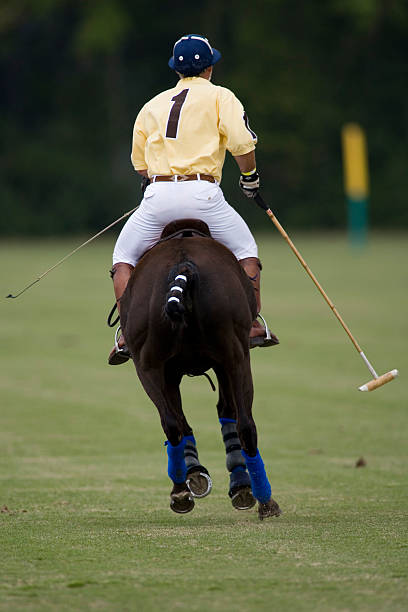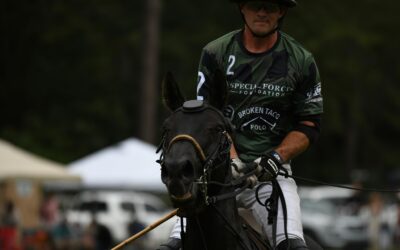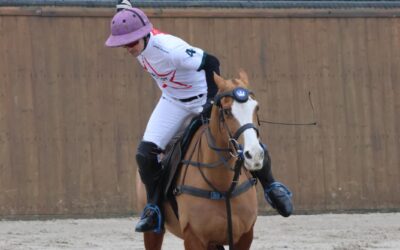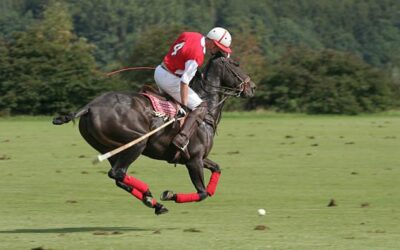It is a key skill that separates the best players from the rest.
Reading the game before it happens is the anticipation that defines the difference in high-level polo.
The ability to read the game is just as important as hitting the ball well.
We’re talking about mental and sensory anticipation: seeing what has not yet happened but is about to occur — in other words, being aware of the present and predicting the future.
It is the beacon that guides all of a player’s decisions and reactions. It’s not just instinct; it’s a blend of experience, tactical memory, and spatial perception.
Reading the game means interpreting the current positioning of the ball, the players, and the horses — anticipating what the next play will be.
The one who has the ball in a play is in the present moment; the other seven players are already thinking about the next play. What matters is anticipating the opponent with the right movement before they act.
It’s the difference between running toward where the ball is going and being there when it arrives.
What are the components of anticipatory reading?
Panoramic Vision
The ability to observe more than one player at a time by using peripheral vision and constantly “scanning” the field.
Memorizing known plays
The best players “read” the game because they’ve seen similar situations hundreds of times. They recognize what an opponent does at a given angle or spot on the field.
Instant, rapid spatial awareness
Knowing where every player is even without looking directly at them. Recognizing the open spaces where the play will unfold.
The connection with the horse is fundamental to anticipation; there must be a dynamic intimacy between rider and horse.
Can quick reading of the game be trained?
Yes, it is a trainable skill — though it is rarely taught.
A good exercise is to watch match videos and pause them before a player hits the ball. Decide what you would do in that situation, then compare it with what the professional actually did.
Another exercise is practicing silent passing drills, relying only on reading body language and positioning.
Reading the play is useless without making a decision, and deciding is useless if it is not executed well.
In conclusion
Polo is a fast, physical, and technical game, but the greatest secret lies in the minds of those who read the game well. They always seem to have more time, space, and control. It’s not that they are faster, but that they arrive earlier. In that silent reading, most plays are decided before they happen.
Reading must also be shared among teammates.
In high-goal teams, each player must not only read the game individually, but synchronizing their reading with teammates is what creates fluidity, collective anticipation, and more effective decision-making.
This is not by chance — it’s the result of shared playing time and practice, familiar body language, jointly learned tactics, and mutual trust.
Reading the game is not just an individual skill; it’s a shared language. The more connected teammates are in their reading, the closer they are to becoming a true team.
Eduardo Amaya








